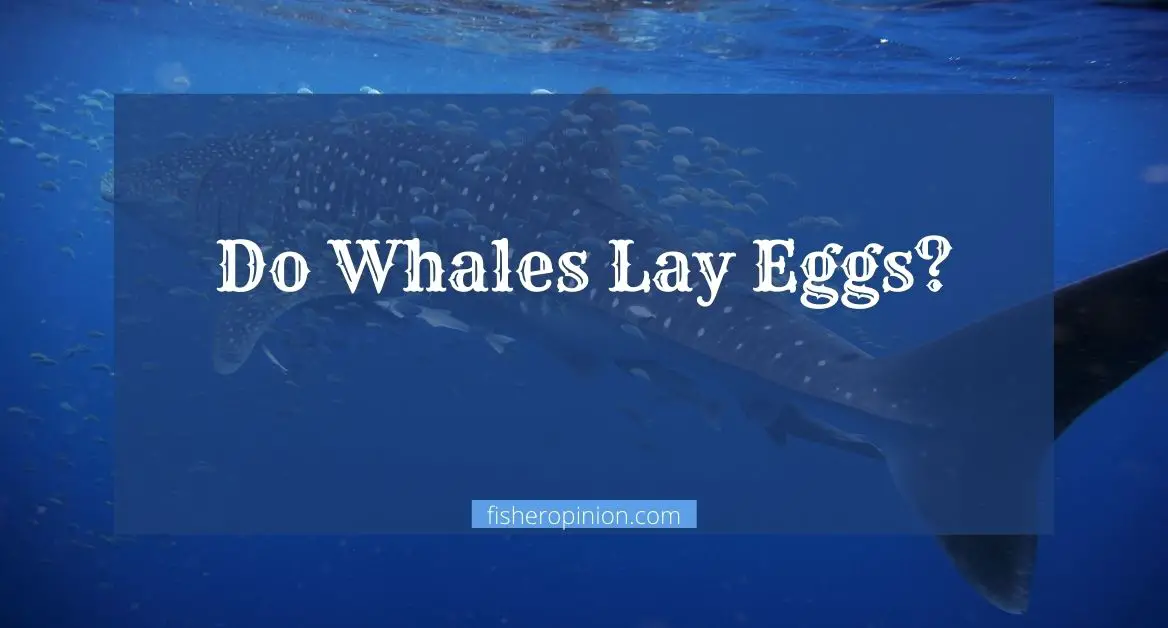The simple answer is no! Whales are sea warm-blooded mammals. Whales, dolphins, and porpoises give birth to live young ones. Whales breastfeed their young ones. Fish do lay eggs. Fish are cold-blooded. Fish do not breastfeed their young ones. After the eggs have hatched, the baby fish have to survive on their own.
They live in oceans all over the world. There are close to 40 species of whales. The largest animal in the world is the blue whale. Whales are intelligent creatures and are sometimes taken into captivity and placed in aquariums to entertain people.
Being mammals, whales do not lay eggs. The only mammals that lay eggs are the duck-billed platypus and the spiny anteater. Whales give birth to live young ones just as humans do. Their birth however is different from other fish.
In this article, we will discuss more on whether whales lay eggs, how they give birth to their live young ones, how many calves whales have, and where whales give birth to their young ones among many other things.
How does a whale give birth?
Whales become sexually active at a young age. Male whales become sexually active from the age of 7 to 10 years. Female whales become sexually mature from the age of 5 to 7 years. Whales migrate when they want to mate.
Mating is done in warmer waters on the ocean. During courtship, the male whale will do all it can to impress a female whale. Male whales do this by singing for the female whales and seeking their attention.
Female whales mate with more than one male whale. They do this to increase their chances of getting pregnant. Mating happens for hours and if successful, the female whale will conceive. Sometimes, the female whale will avoid mating completely.
Different whales have different gestation periods. The average gestation period of a whale can be between 9 to 16 months depending on the species of the whale. During the gestation period, a calf will grow inside the mother’s womb.
During the gestation period, the pregnant whale continues to hunt so that it can get enough food for itself and the growing baby.
After the gestation period, the female whale is ready to give birth to a live young one. Unlike in humans, where the baby’s head comes out first, for a whale, the tail comes out first. When a calf is born headfirst, it risks drowning in the water.
Once born, the mother will help her calf to the surface of the water to breathe. After birth, a calf cannot start eating solid food. It depends on its mother’s milk. A whale’s milk is thick and dense. It is thick to avoid it being spilled in the water.
Once ready, the calf will latch on the mother’s nipple. For humans, the baby sucks the nipple for it to have milk. For whale calves, they just put their mouths on the nipples and the mother voluntarily ejects milk from the nipple. The mother can control the amount of milk the calf feeds.
Do whales give birth out of their mouth?
No. Whales do not give birth out of their mouth. Whales have vaginas where reproduction. Whales use the vagina to give birth to live young ones. Whales do have a placenta that detaches after a whale has given birth.
Where do whales give birth?
A mother whale will prefer to give birth in an area where the waters are warm and shallow. When pregnant, a whale will look for a suitable place to give birth to its calf.
Different whales will give birth depending on their locations. One of the most suitable places that whales prefer to give birth is in Baja. It is because there is are lagoons where the water is warm and shallow. It makes it easier for mother whales to teach their calves how to swim and hunt for food.
How many babies do whales have?
1 in a single time and an average of 12 babies in their lifetime for a blue whale. Whales are large mammals. They can weigh up to 200 tons. Their gestation period is from 9 months to 18 months. The gestation period will depend on the type of whale. Their long gestation periods contribute to the number of babies a whale can have.
A whale can give birth to a calf in 1 to 6 years. This waiting frame enables a whale to breastfeed its calf, teach it to hunt, and swim. Whales are protective of their calves and will do anything to make sure it is safe. A pregnant whale will also continue nursing its other calf.
What are baby whales called?
A baby whale is called a calf. If many, they are calves. A mother whale can be referred to as a cow and a male whale is can be called a bull.
How long do baby whales stay with their mother?
Highest 10 years. While in the ocean, a calf’s life is at risk. Calves cannot defend themselves and are dependent on their mothers. As soon as a calf is born, its mother and the rest of the pod help keep the calf alive and protected.
A calf will continue to drink its mother’s milk for up to two years. The milk the calf drinks is full of nutrients and helps the calf grow and be healthy. Sometimes, a calf will continue drinking its mother’s milk until the milk gets depleted.
Even after weaning, a calf will continue staying with its mother even if it can feed itself. The bond between a calf and its mother is truly unbreakable. Staying with its mother and the pod, in general, makes the calf feel safe.
Check Related Article : Do Dolphins Lay Eggs? Fact About Birth
Conclusion
Whales are sea mammals and do not lay eggs. Whales give birth to live young ones called calves. A whale’s gestation period is anything between 9 months to 18 months. Whales give birth in warm and shallow waters and feed their calves with milk upon birth. As a pod, whales protect a calf from predators and danger.


